This is Part Three of a pictorial review of North American railroad locomotives. Part One featured steam locomotives, mostly centered around the World War Two years, when every locomotive that was operational was put to work hauling war materials, other freight and passengers.
In Part Two, early diesels from the pre-war period were spotlighted. All locomotive production during the war years had to be approved by the War Department … railroads had to have a need related to the war effort to justify all motive power orders, and virtually all construction used designs of units previously built. As diesels produced up to this time were still quite low in power, their wartime production was mostly designs described as switchers or road switchers, meant for yard switching or handling freight on branch lines or passenger commuter runs. The heavy duty work still called for the big steamers.
One of the first — and more powerful — designs to be offered following the War was the Baldwin diesel pictured above. Most diesels up to this time delivered no more than 1,000 horsepower, as there had not been a more powerful diesel engine designed which was suitable for a railroad locomotive. Baldwin set out to bring a more powerful diesel loco to the rail world. This would be achieved by installing two engines on one frame … hence the great length of the unit and having the cab in the middle. Baldwin had reasonable success with this model, especially after they were able to deliver an improved version capable of 2,400 horsepower. Yet, they never found favor with the crews, as the center cab design caused poor visibility and complaints of the high noise level in the cab.
In 1948, Baldwin began offering these “car body” design locomotives for both passenger and freight service. The company’s initial styling, described as “baby-faced centipedes,” did not suit the folks at the Pennsylvania Railroad, so they had noted industrial designer Raymond Loewy — as he did for the Pennsy’s famed GG-1’s — do a re-design to be used for the passenger units the PRR had ordered … Baldwin would later adopt the Loewy design for all of its Shark Nose model units, both passenger and freight.
The early passenger units were built — like the Transfer Unit above — with two 1,000-horsepower engines, but soon a single higher-horsepower engine rated at 1,500 or 1,600 hp would become the standard. All of the Shark Nose series came in two versions, with a control cab or cab-less booster. All electrical components, including generator and traction motors, were made by Westinghouse.
In the last part of this series on historic locomotives, I wrote about “road switchers,” the first of which was introduced by Alco in 1941. However, following the war, with other makers like Baldwin and Fairbanks-Morse finding sales success in this arena, it became evident to the Electro-Motive Division of General Motors that they needed to offer a model, so in 1948 finally introduced the BL2. While several railroads bought them, it was not a big seller, production ended within a year and only 59 having been built.
I was never a big student of locomotives, I simply loved watching them without questioning who made them and what was the model — the units I got to recognize the best were ones owned by the New York, Susquehanna and Western railroad during the 1980’s when my friend Randy Brown and I were doing video work for them during that time when President Walter Rich was greatly expanding the system and operations. Regarding the BL2, I never saw one or knew they existed until the Stourbridge Line tourist operation, based in Honesdale, in northeastern Pennsylvania, acquired one sometime around the early 1990’s — after seeing it, my impression was that it was a “sawed-off” version of EMD’s E and F “car body” series.
In 1948, the American Locomotive Company entered the “car body” category — so named because of the contemporary, like post-war automobiles, smooth and rounded shape appearance vs. the old-fashioned boxy shape — with its PA series, aimed primarily for use in pulling passenger trains. They were offered in two configurations, the Model PA with a cab for crew and controls and the Model PB, serving as a booster unit without a cab. Many of the units were purchased with a steam generator, needed for passenger trains for heating and cooling the cars.
Compared to their competitors, they were unique in appearance — being much greater in length. Many found them extremely attractive, with some calling them “the most beautiful diesel-electric cab units ever built.” Even with that acclaim from railfans and photographers, fewer than 300 PA and PB units were built and sold.
By the way, the dual manufacturer credit stems from, while Alco did the building and selling of the units, the neighboring Schenectady, New York-based company, General Electric, provided all of the electrical components, such as the generators, traction motors and controls.
While the two locomotive manufacturers with a tremendous heritage as the leaders in building steam locomotives — Alco and Baldwin — produced very credible and capable diesel units including the two “car body” units discussed above, the “elephant in the room” — especially when it came to this category — very quickly proved to be the Electro-Motive Division, known simply as EMD, of General Motors.
There were several earlier versions of EMD’s “car body” or “covered wagon” style of locomotives, both in the “F” series along with the earlier “E” series — all had been offered, like those from other manufacturers, in both cab and booster types. However, the F7 was the last version sold by EMD and was, by far, the most popular of their “car body” series, selling more than 3800 between the two types of units … accounting for well over half of all of this type of locomotive ever delivered, including all other manufacturers as well as EMD’s earlier editions. The F7 began production in February 1949, replacing its predecessor, the F3. With the introduction of each new model came an increase in pulling power per unit, with the F7’s rated at 1,500 horsepower. However, this was still 500-horsepower less than Alco’s competing PA model.
This last unit to be presented in this 3rd part of our review of “historic” American locomotives (I expect to offer a final Part Four in this series at some point down the road) is not truly a diesel loco as such … it’s a diesel propelled rail passenger car typically called an RDC, Rail Diesel Car.
The Budd Company, while manufacturing lightweight passenger cars had never built steam or diesel locomotives. Yet, as passenger traffic was shrinking for railroads, they were seeking a way to reduce costs while continuing to provide service on short distance runs and commuter lines. To answer this need, Budd devised this streamlined stainless-steel unit, with production beginning in July of 1949 and continuing through December 1962. New England’s Boston & Maine railroad was the biggest buyer by far of the RDC’s, followed by the New Haven Railroad, the B & O and the New York Central. Additionally, both major Canadian railroads, the CN and CP, were purchasers.
All manufacturing was done at Budd’s Red Lion plant, which was located in the very northeastern portion of Philadelphia — not as where one publication placed it, the borough of Red Lion in south-central Pennsylvania. That’s where my personal knowledge and memories come in … the Red Lion plant is so-named as it was located on Red Lion Road — I grew up living less than 10 miles from that spot!
While, sadly, I have never been on an RDC, I witnessed them in completed state before they ever carried a passenger. You see, a rail spur was built extending from the factory down to the West Trenton line (now SEPTA) of the Reading Railroad, connecting at Philmont, a stop just north of Bethayres. As I would ride a school bus for the years from 1949 through 1953 — as high schoolers’ in my community of Feasterville attended Lower Moreland High School in Huntingdon Valley, Pennsylvania in those days — the route took us on a road that paralleled the tracks and the new units would be parked on that siding awaiting pickup by the local freight.
A fair number of these cars are still in operation, mainly in tourist service … a few still powered by their diesel motors but most simply serving as passenger cars.
This RDC story is only a small piece of the history of the industrial icon known as the Budd Company’s story. If you’d like to read more, follow this link!
As noted in the previous two segments of my sharing, this group of railroad locomotive photos and stories is taken from a set of three three-ring binders which was published in 1998 by a European-based company named Atlas Editions and titled Legendary Trains.
Lastly, I repeat a phrase I’ve been using for some time in signing off personal notes sent to friends in the rail fan and rail history preservation community … which I think continues to be especially meaningful to all in this time unlike any other most of us have ever experienced:
“May your rails stay shiny for many a day to come!”
If this phrase needs interpretation … it simply means that when you look at a train track, if the tops of the rails are shiny, the line has life … a train has passed that way recently!
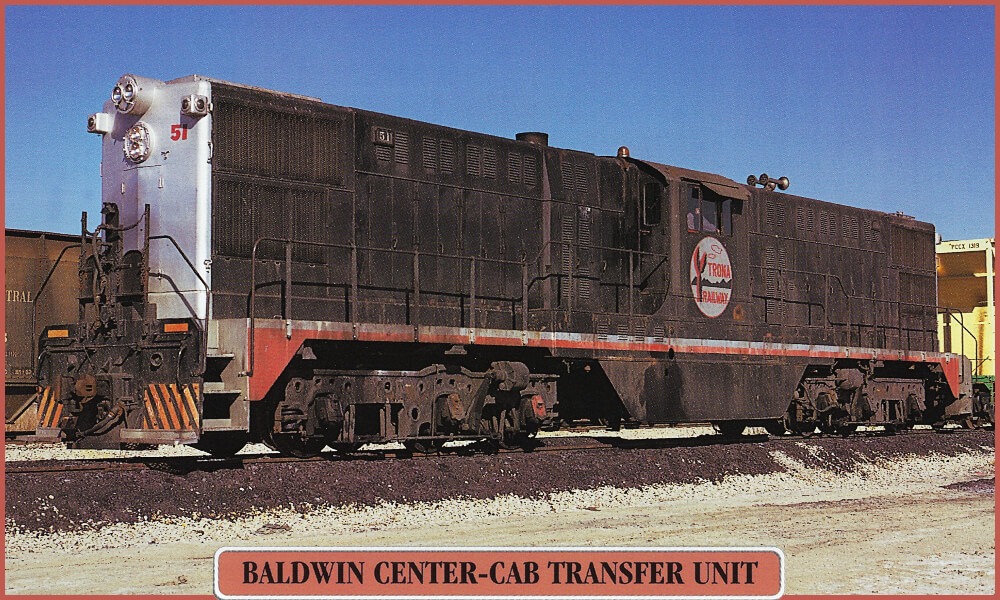
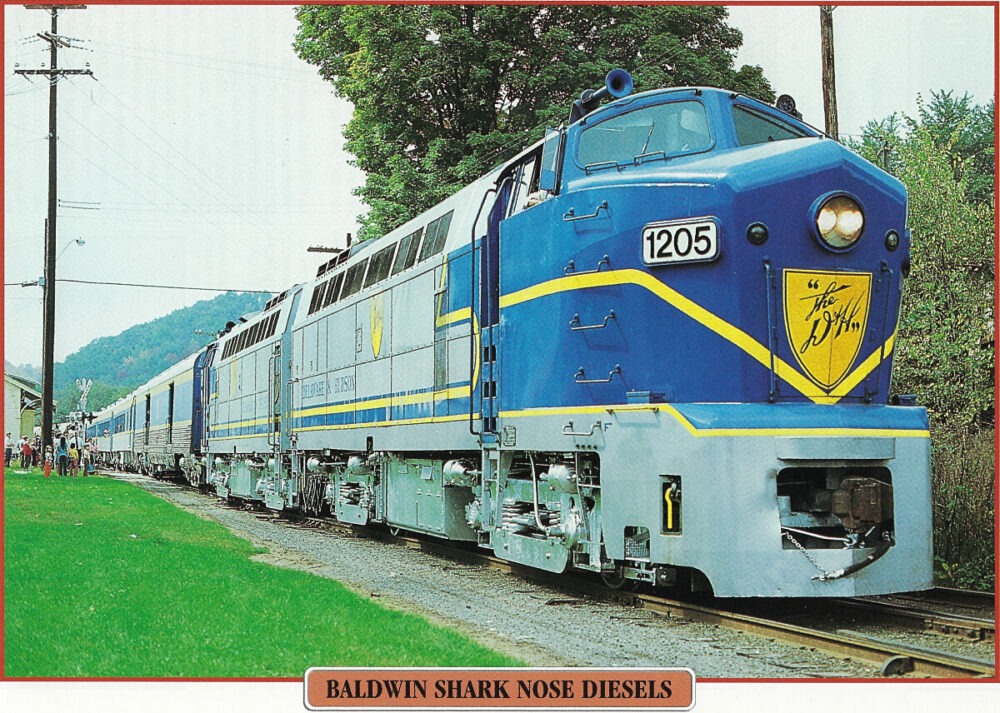
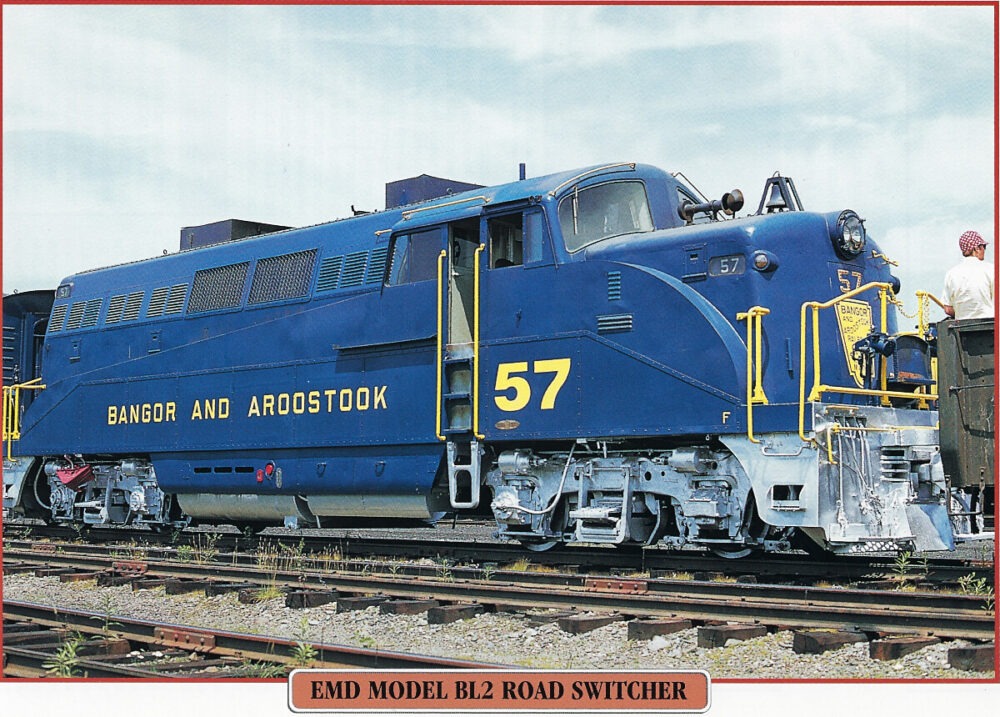
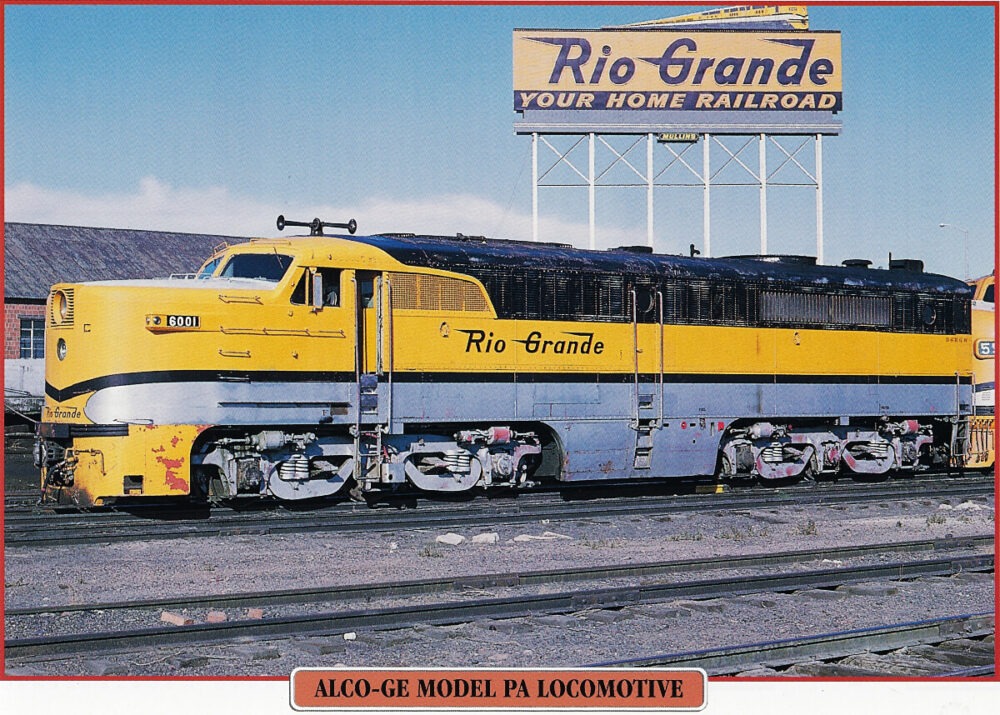
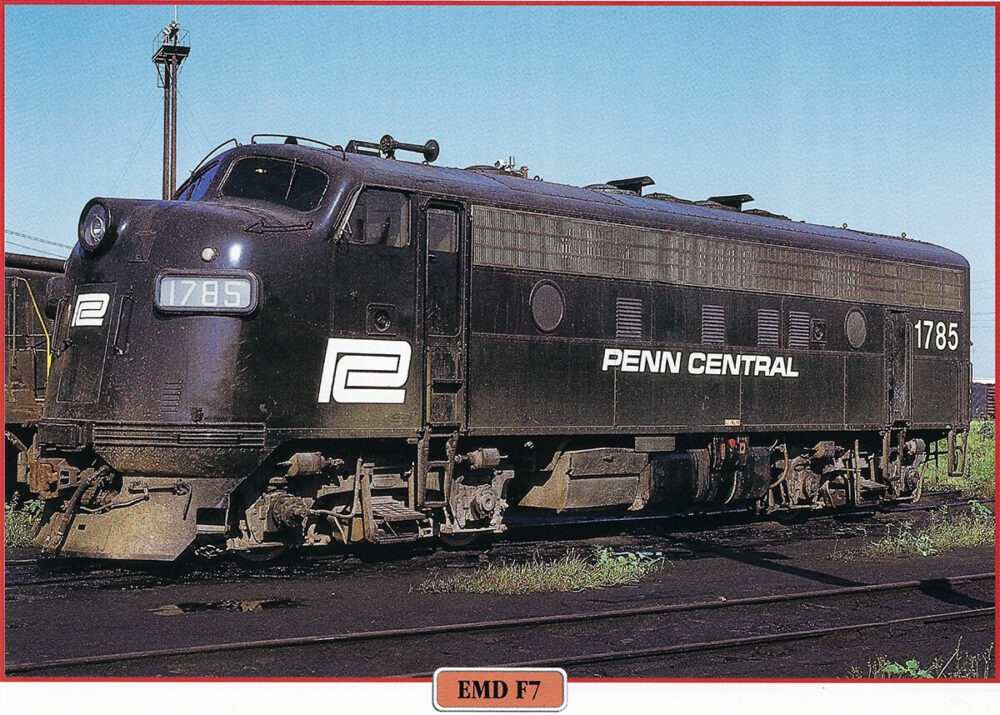



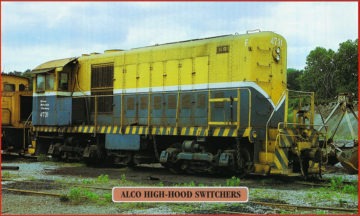
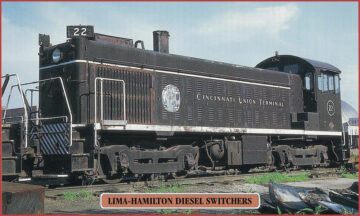

Nice segment. The smokey Alco's could not compete with the EMD offerings and gave up the ghost in 1969 I think.
I used to watch the RDC come through my suburban south Jersey town every day until 1965 or so.
I found a " new "Athearn model, rubber band drive, and had to have it on my HO layout.
Thanks, Dan. I loved seeing those RDC’s come down the hill from the Budd factory.
I have one more short segment on those earlier diesels to post, but yet to be written.